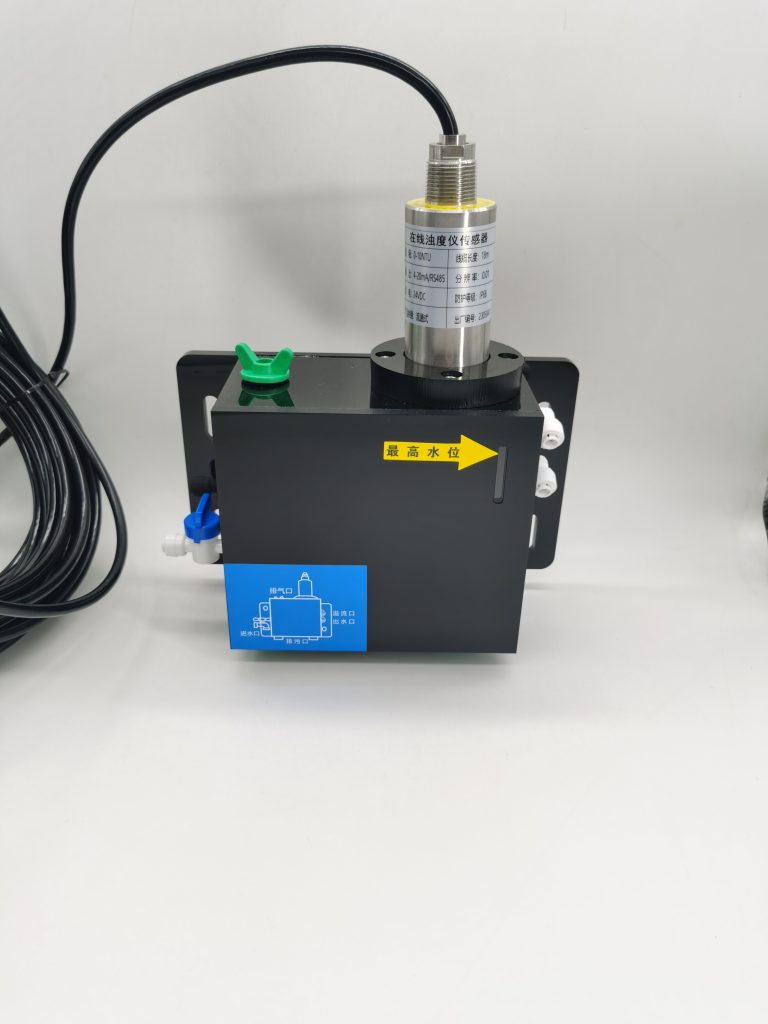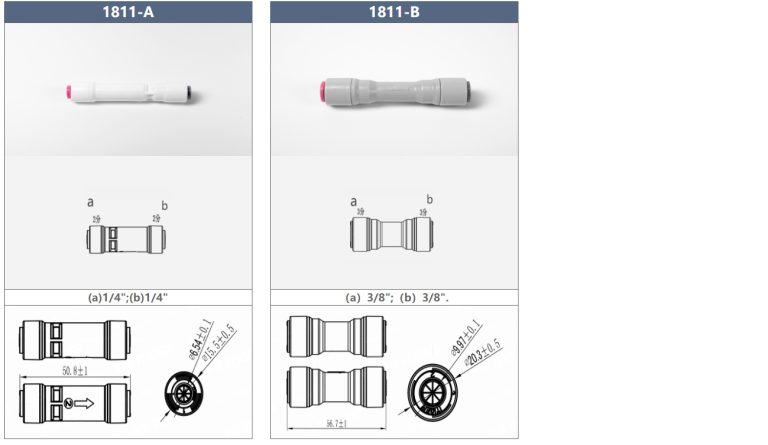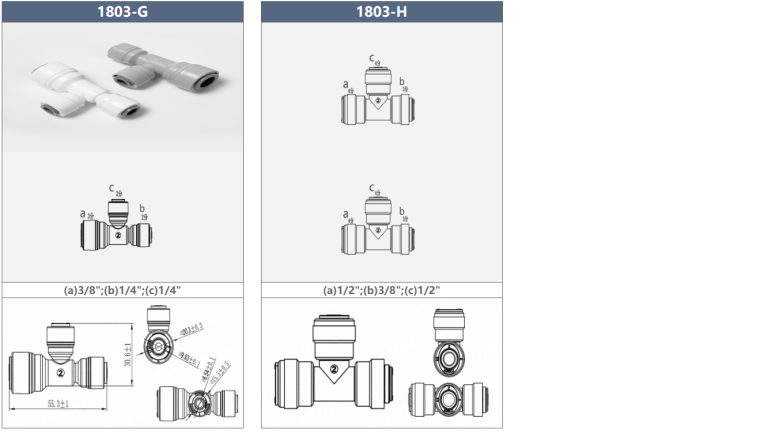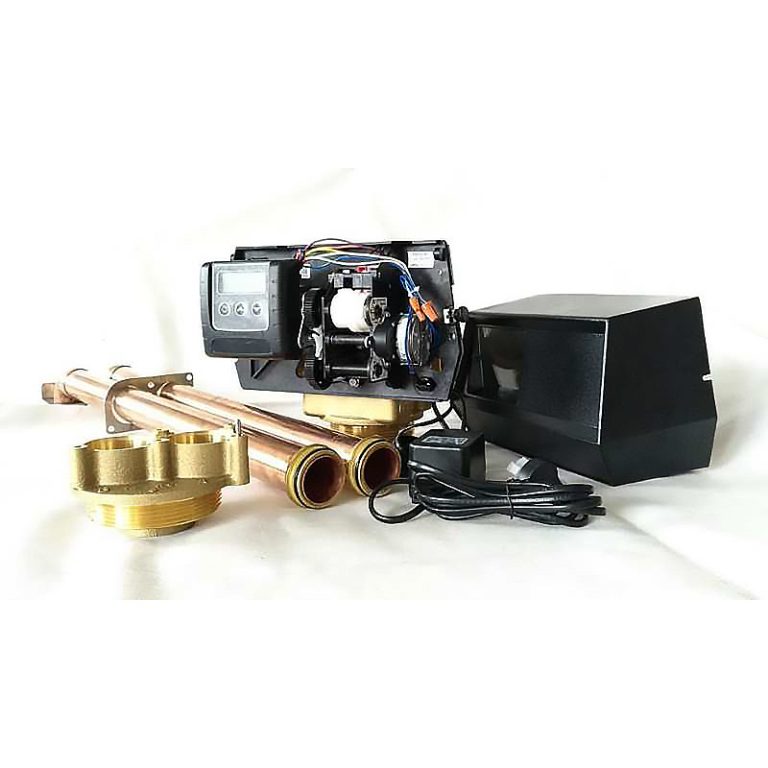Turbidity currents: Unveiling the hidden depths.
Exploring the Origins of Turbidity Currents: A Geographical Perspective

Exploring the Origins of Turbidity Currents: A Geographical Perspective
Turbidity currents, powerful underwater flows of sediment-laden water, have long fascinated scientists and researchers. These currents can transport vast amounts of sediment, shaping the seafloor and depositing sediment in deep-sea basins. To understand the origins of turbidity currents, it is crucial to examine their geographical distribution and the factors that contribute to their formation.

Turbidity currents are commonly found in submarine canyons, which are deep, V-shaped valleys carved into the continental slope. These canyons act as conduits for sediment transport, allowing turbidity currents to flow downslope and into the abyssal plain. The steep gradients of submarine canyons provide the necessary energy for turbidity currents to initiate and propagate.
One of the primary factors influencing the occurrence of turbidity currents is the proximity to sediment sources. Areas with high sediment supply, such as river deltas or areas with active erosion, are more likely to experience turbidity currents. The sediment, carried by rivers or eroded from the coastline, is eventually transported offshore by currents and tides. When these sediment-laden waters encounter a steep slope, such as a submarine canyon, turbidity currents can be triggered.
Another important factor is the presence of fine-grained sediments. Turbidity currents are typically composed of a mixture of water and sediment, with the sediment ranging from clay to sand-sized particles. Fine-grained sediments, such as silt and clay, are more easily suspended in water and can remain in suspension for longer periods. This allows for the formation of denser, more powerful turbidity currents.
The occurrence of turbidity currents is also influenced by oceanographic processes. Strong tidal currents, which occur in areas with large tidal ranges, can generate turbidity currents. The ebb and flow of tides can cause water and sediment to move back and forth, creating turbidity currents that flow up and down submarine canyons. Additionally, the interaction between ocean currents and topography can lead to the formation of turbidity currents. When currents encounter a change in seafloor topography, such as a sudden increase in slope, they can become unstable and transform into turbidity currents.
| pH/ORP-3500 series pH/ORP Online Meter | |||
| pH | ORP | Temp. | |
| Measurement range | 0.00~14.00 | (-2000~+2000)mV | (0.0~99.9)℃(Temp. Compensation :NTC10K) |
| Resolution | 0.01 | 1mV | 0.1℃ |
| Accuracy | ±0.1 | ±5mV(electronic unit) | ±0.5℃ |
| Buffer Solution | 9.18;6.86;4.01;10.00;7.00;4.00 | ||
| Medium Temp. | (0~50)℃(with 25℃ as standard )manual / automatic temp.compensation for selection | ||
| Analog Output | Isolated one Channel(4~20)mA,Instrument / Transmitter for selection | ||
| Control Output | Double relay output(ON/OFF) | ||
| Consumption | <3W | ||
| Working Environment | Working temp. (0~50)℃;Relative humidity≤85%RH(none condensation) | ||
| Storage Environment | Temp. (-20~60)℃; Relative humidity≤85%RH(none condensation) | ||
| Dimension | 48mm×96mm×80mm (H×W×D) | ||
| Hole Size | 44mm×92mm (H×W) | ||
| Installation | Panel mounted ,fast installation | ||
Turbidity currents are not limited to specific regions but can be found in various locations around the world. Some well-known examples include the Monterey Canyon off the coast of California, the Congo Canyon in the Atlantic Ocean, and the Whittard Canyon in the Celtic Sea. These submarine canyons have been extensively studied to understand the dynamics of turbidity currents and their impact on the seafloor.
In conclusion, the geographical distribution of turbidity currents is closely tied to the presence of submarine canyons, sediment sources, fine-grained sediments, and oceanographic processes. Understanding these factors is crucial for predicting the occurrence of turbidity currents and their potential impact on marine ecosystems and infrastructure. Ongoing research and technological advancements continue to shed light on the complex nature of turbidity currents, allowing us to gain a deeper understanding of these fascinating underwater phenomena.







